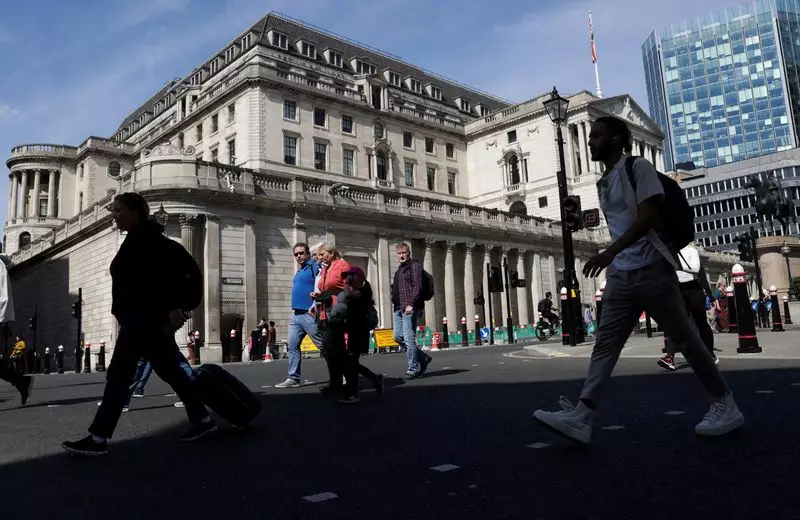As central bank decisions in Britain, Switzerland, and Norway loom, the global rate cutting trend is expected to slow down, signaling a potential shift in monetary policy. The Bank of England is unlikely to cut rates before July 4th, shattering hopes for an immediate rate cut. Market expectations point towards easing in the near future, with a 40% chance of a quarter-point move in August and a 70% chance in September. This decision is driven by sticky pay and services inflation. Similarly, the Swiss National Bank, which initiated rate cuts in March, faces a 50-50 chance of another cut in the upcoming meeting. Norway, with core inflation around 4%, is not in a rush to cut rates and will release new economic projections. Australia’s central bank is meeting on Tuesday and is not expected to ease rates in the near term, signifying a global shift towards rate cuts at a slow pace.
Retail Sales Data
Investors are eagerly awaiting the release of retail sales data from the United States to gauge the strength of the economy and potentially predict the timing of Federal Reserve rate cuts. The June 18 monthly retail sales numbers are expected to show a 0.3% rise in May, following an unexpected flat performance in April. This data is crucial in assessing consumer spending and the impact of higher interest rates on the economy. Recent economic indicators, such as strong job creation and wage growth in May, have painted a positive picture. However, concerns arise from stagnant consumer prices in May, attributed to lower gas prices and cheaper goods balancing out rising rental costs.
Amid concerns of a slowdown in China’s economic recovery, investors are closely monitoring the upcoming data releases. The property sector remains a significant challenge, casting a shadow over China’s growth prospects. Data on home prices, industrial output, urban unemployment rate, and retail sales are set to be unveiled, with hopes of a stronger uptick following April’s disappointments. Policymakers are under pressure to introduce further stimulus measures, evidenced by the impending loan prime rate decision. Trade tensions with Europe exacerbate China’s woes as additional tariffs on Chinese electric cars loom, adding more uncertainty to the economic landscape.
The cocoa market is under the spotlight as prices soar above $10,000 per metric ton, nearing all-time highs. The supply crisis in the chocolate industry intensifies due to global shortages stemming from adverse weather conditions and under-investment in cocoa farms. Ivory Coast’s suspension of cocoa exports and Ghana’s delay in bean deliveries indicate the severity of the situation. Cocoa prices have doubled this year, surpassing many metals in cost. Chocolate producers are either passing on the burden to consumers or adjusting their products. The influx of cocoa production from countries like Brazil and Ecuador will take time to alleviate the shortage, prolonging the market’s challenges.
UEFA European Football Championship
The UEFA European Football Championship is set to kick off in Munich, promising an exciting tournament with 24 teams competing in 51 matches across 22 match-days. Beyond the thrill of watching star players like Cristiano Ronaldo, Kylian Mbappe, and Harry Kane, the event holds economic implications. German beer halls and businesses anticipate increased consumption and sales, aiming to boost the economy reminiscent of the 2006 World Cup. Kit manufacturers, primarily Nike and Adidas, sponsor the majority of teams, including popular nations like England, France, and Germany. Notable kit deals worth over $150 million highlight the commercial aspect of the championship, underscoring the significant global viewership and economic impact of the event.

